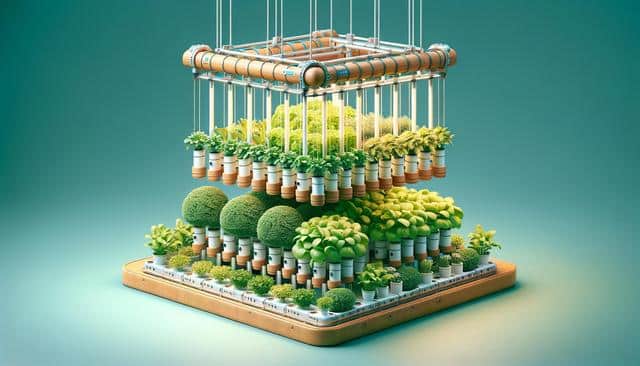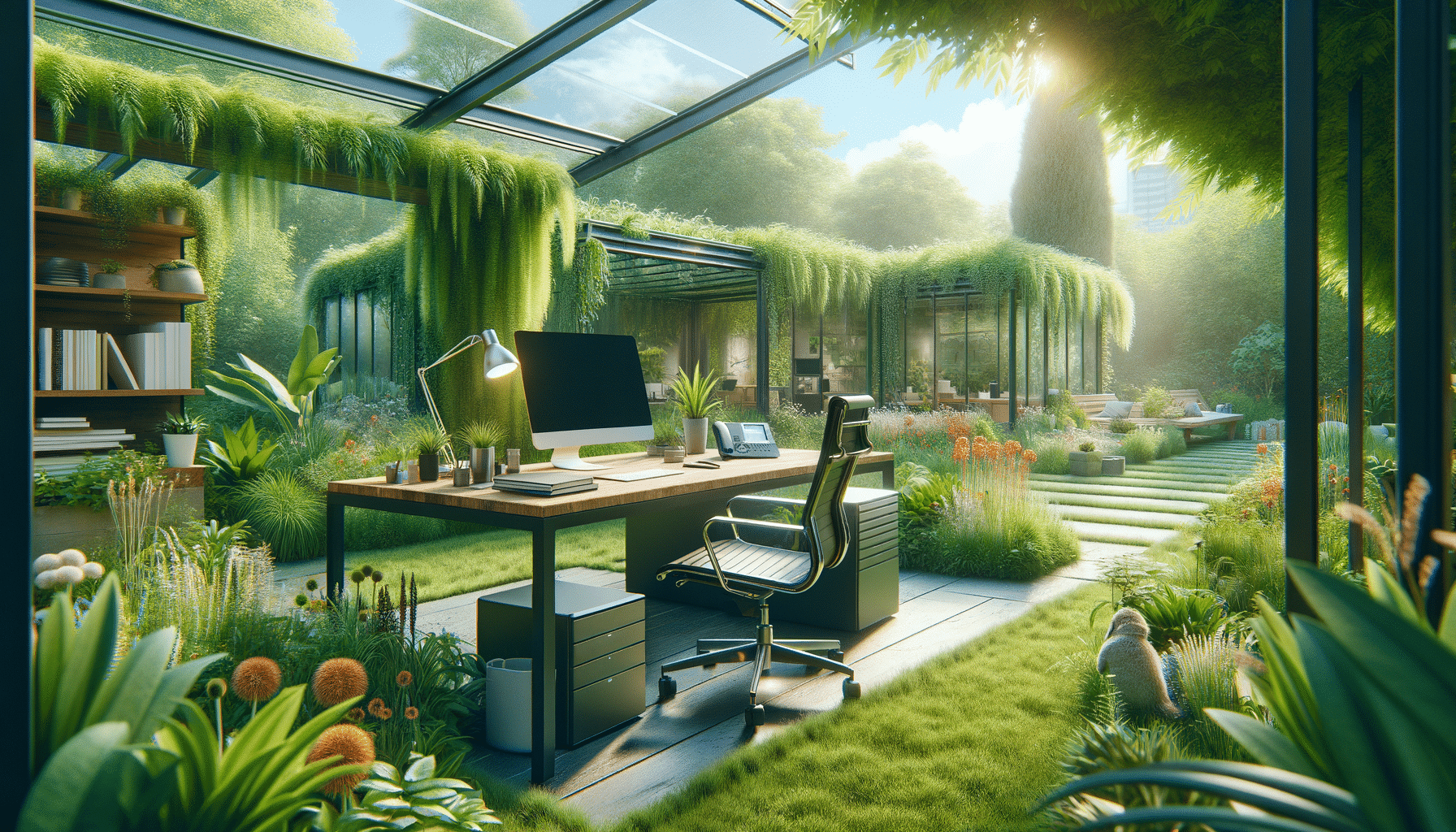
Growing Green: Exploring the Modern Hydroponic Garden Revolution
Understanding the Hydroponic Garden Concept
A hydroponic garden is a method of growing plants without soil, using nutrient-rich water solutions to deliver essential minerals directly to the plant roots. This technique has gained significant traction among urban dwellers, commercial growers, and sustainability advocates. The appeal lies in its ability to grow crops in controlled environments, often indoors, with minimal space and water usage.
Unlike traditional soil gardening, hydroponics offers a cleaner and more precise alternative. Systems vary from simple setups in home kitchens to complex installations in greenhouses. Among the most popular crops grown in a hydroponic garden are leafy greens, herbs, and tomatoes, with hydroponic lettuce seeds being especially favored due to their fast growth cycle and high yield potential.
Some key advantages of hydroponics include:
- Faster plant growth due to direct nutrient absorption
- Reduced water usage compared to soil-based methods
- Minimal use of pesticides and herbicides
- Ability to grow year-round indoors or in controlled climates
Adapting to this innovative method requires an understanding of plant nutrition, water management, and environmental control, but once mastered, it can offer a highly rewarding gardening experience.
Hydroponic Systems: From Aeroponic Towers to Container Farms
There are several types of hydroponic systems, each designed to suit specific environments and crop types. One increasingly popular system is the aeroponic tower, which suspends plants in the air and mists their roots with nutrient-laden water. This system is highly efficient and often used in urban settings due to its vertical structure and compact footprint.
Another scalable option is the hydroponic container farm. These self-contained units are typically built inside shipping containers and equipped with climate control, lighting, and hydroponic growing systems. They are ideal for urban entrepreneurs or communities looking to produce food locally and consistently.
For home growers or those with limited space, the hydroponic vertical garden tower provides a convenient solution. This system allows multiple plants to grow vertically, reducing space requirements while maintaining high productivity. Vertical systems are also aesthetically pleasing and can double as decorative features in homes or offices.
Each system has its unique benefits and challenges, but all share the core principle of providing plants with optimized growing conditions without soil. The choice of system often depends on factors like available space, budget, and intended crop types.
Choosing the Right Crops and Seeds
One of the first steps in setting up a hydroponic garden is selecting appropriate crops. Leafy greens are especially suited for hydroponic growth due to their shallow root systems and rapid development. Hydroponic lettuce seeds are widely available and known for their compatibility with a variety of hydroponic systems.
Other crops that thrive in hydroponic environments include:
- Spinach
- Kale
- Swiss chard
- Basil and other herbs
- Strawberries and cherry tomatoes (in more advanced setups)
When choosing seeds, it’s important to select those labeled specifically for hydroponic use. These seeds are often treated or selected for traits like disease resistance and fast germination. Proper seed selection can make a significant difference in the success of your hydroponic endeavors.
In addition to seeds, growers should consider the type of growing medium used. While hydroponics avoids soil, mediums like rockwool, coconut coir, or clay pellets provide physical support and help retain moisture around the root systems without interfering with nutrient uptake.
Essential Hydroponic Farming Equipment
Successful hydroponic gardening requires more than just nutrient water and seeds. Investing in the right hydroponic farming equipment ensures plants receive consistent care and optimal conditions for growth. At a minimum, most systems require:
- Water reservoir and pump
- Nutrient solution mix
- Grow lights (especially for indoor setups)
- pH and EC meters to monitor water quality
- Timers and automation tools for consistent feeding
Advanced setups may also include climate control systems, CO₂ injectors, and automated nutrient dosing systems. While the upfront cost of equipment can be substantial, the long-term savings on groceries and the sustainability benefits often make it worthwhile.
Maintenance is another critical aspect. Regularly checking and adjusting the pH and nutrient levels, cleaning the equipment, and monitoring plant health are all essential to maintain a productive hydroponic garden.
As technology advances, more compact and user-friendly equipment is becoming available, making hydroponic gardening more accessible to beginners and hobbyists.
The Future of Hydroponic Vertical Farming
Hydroponic vertical farming is gaining momentum as a sustainable solution to food insecurity and urban agriculture. By stacking growing layers vertically, these systems can produce large quantities of food using a fraction of the land and water required by traditional farming. This method is particularly well-suited for densely populated areas where arable land is limited.
Innovative designs like the hydroponic vertical garden tower have made it easier for individuals and communities to grow food locally. These towers can be placed on balconies, rooftops, or even indoors with sufficient lighting, enabling fresh produce to be harvested steps away from the dinner table.
On a commercial scale, hydroponic vertical farming is being adopted by restaurants, grocery stores, and food co-ops to ensure a fresher and more transparent supply chain. These systems also reduce the need for long-distance transportation, lowering the environmental impact of food production.
With growing awareness of sustainability issues and climate change, hydroponics presents a viable path forward. Continued investment in research and development is likely to bring even more efficient and cost-effective solutions to the market, encouraging widespread adoption.
Conclusion: Embracing a Greener Way to Grow
Hydroponic gardening offers a practical and innovative way to cultivate fresh food in a variety of settings, from home kitchens to commercial farms. Whether you’re planting hydroponic lettuce seeds in a small aeroponic tower or managing a hydroponic container farm, the possibilities are vast and rewarding. With the right hydroponic farming equipment and a commitment to learning, anyone can participate in this growing movement.
As interest in local, sustainable food sources continues to rise, hydroponic vertical farming and related technologies will play an increasingly important role. By embracing these methods, growers can contribute to a more resilient and environmentally friendly food system while enjoying the satisfaction of producing their own fresh, healthy crops.

